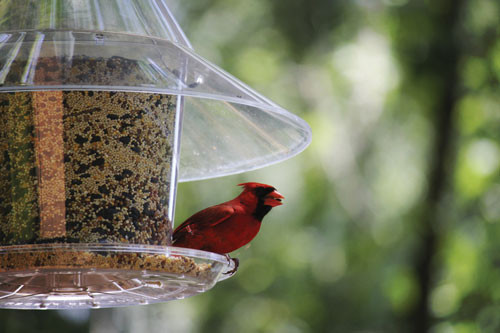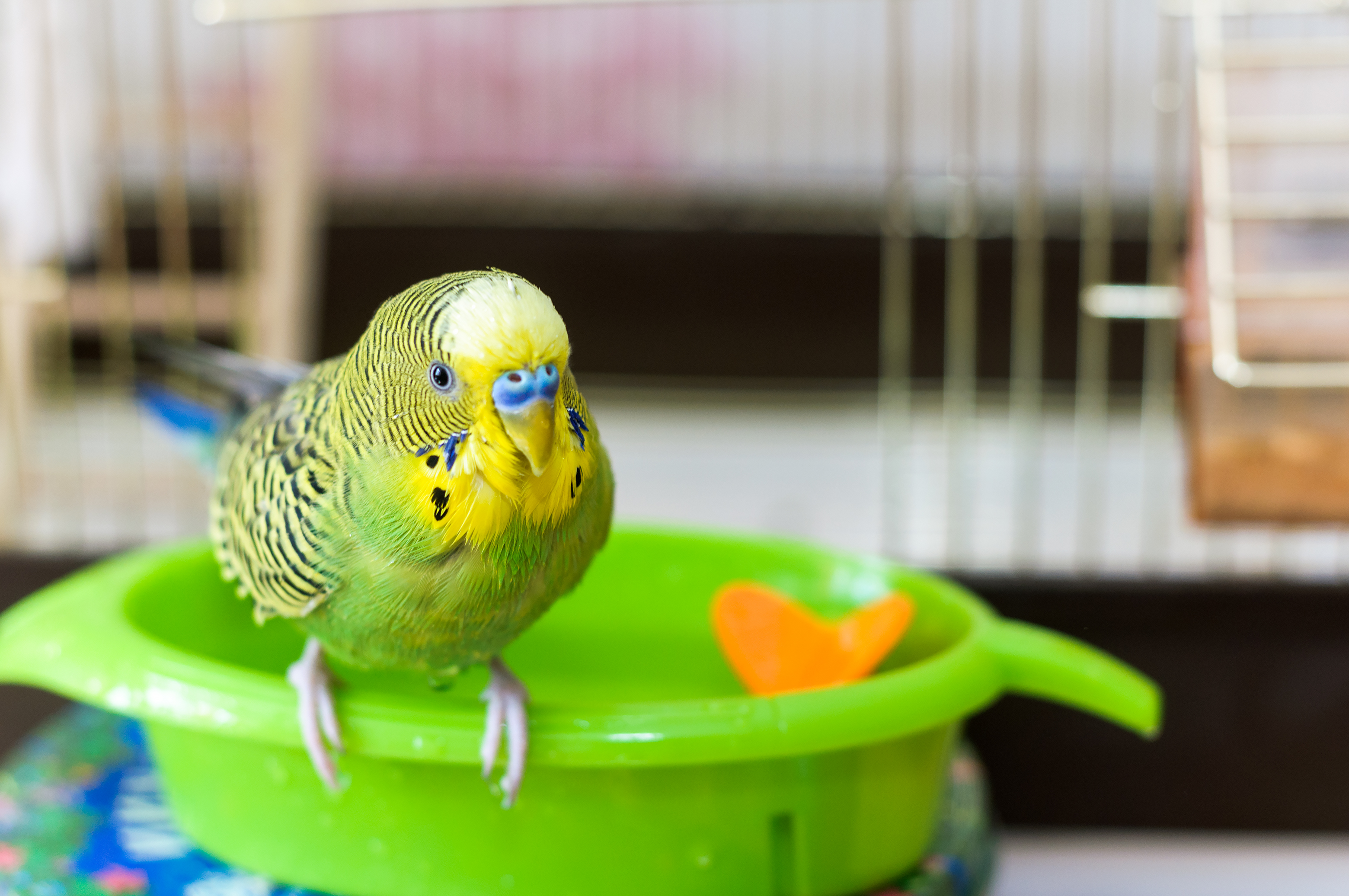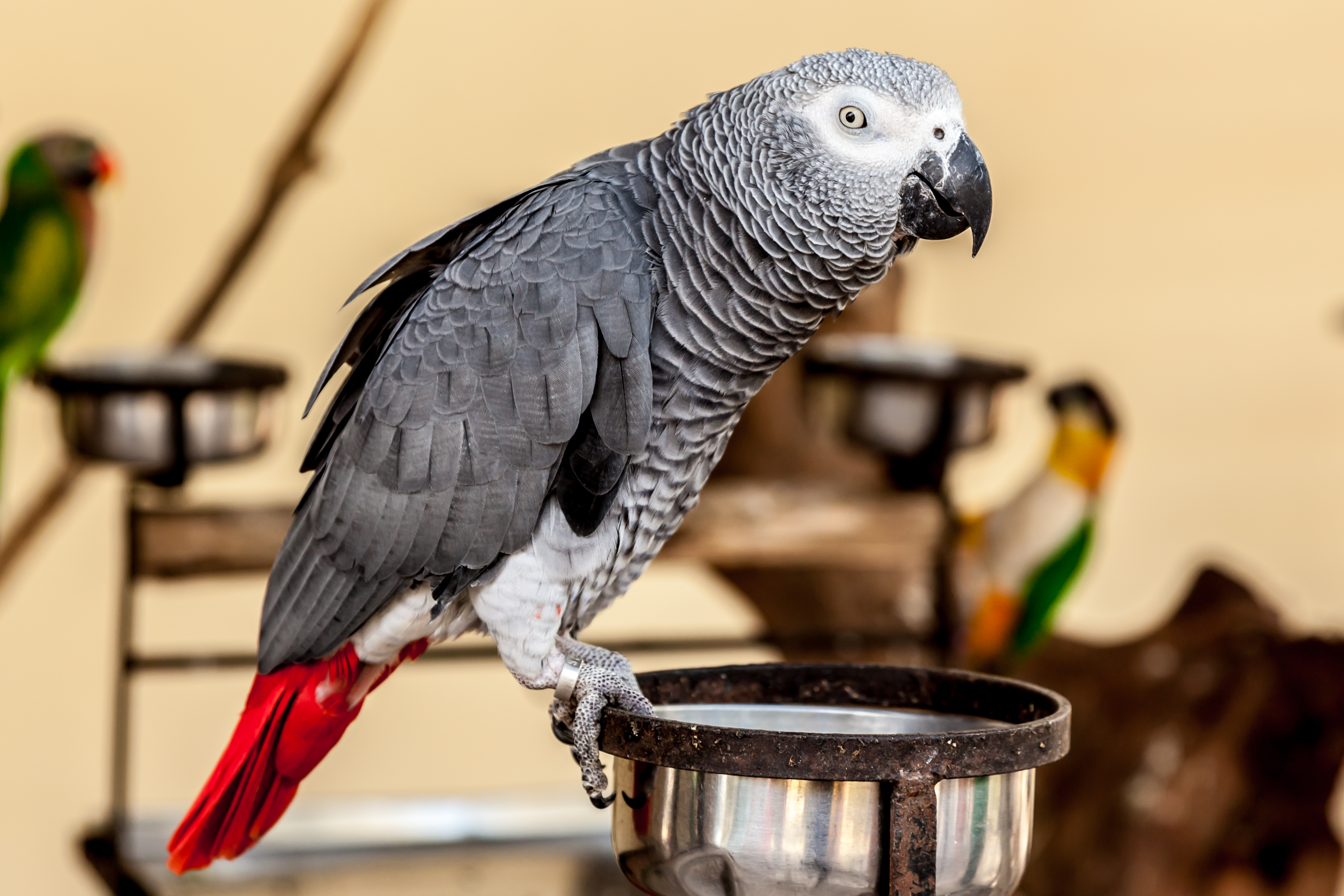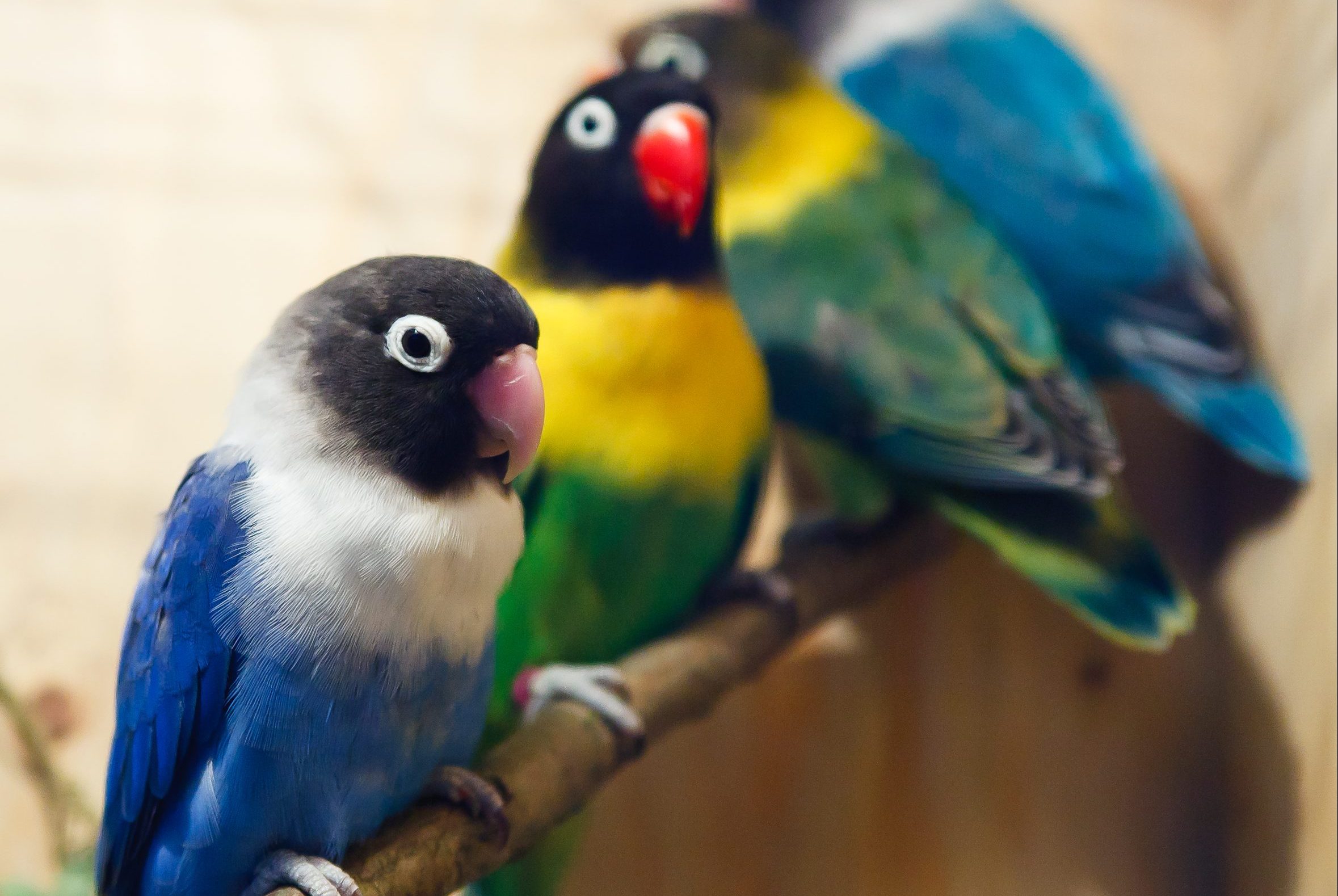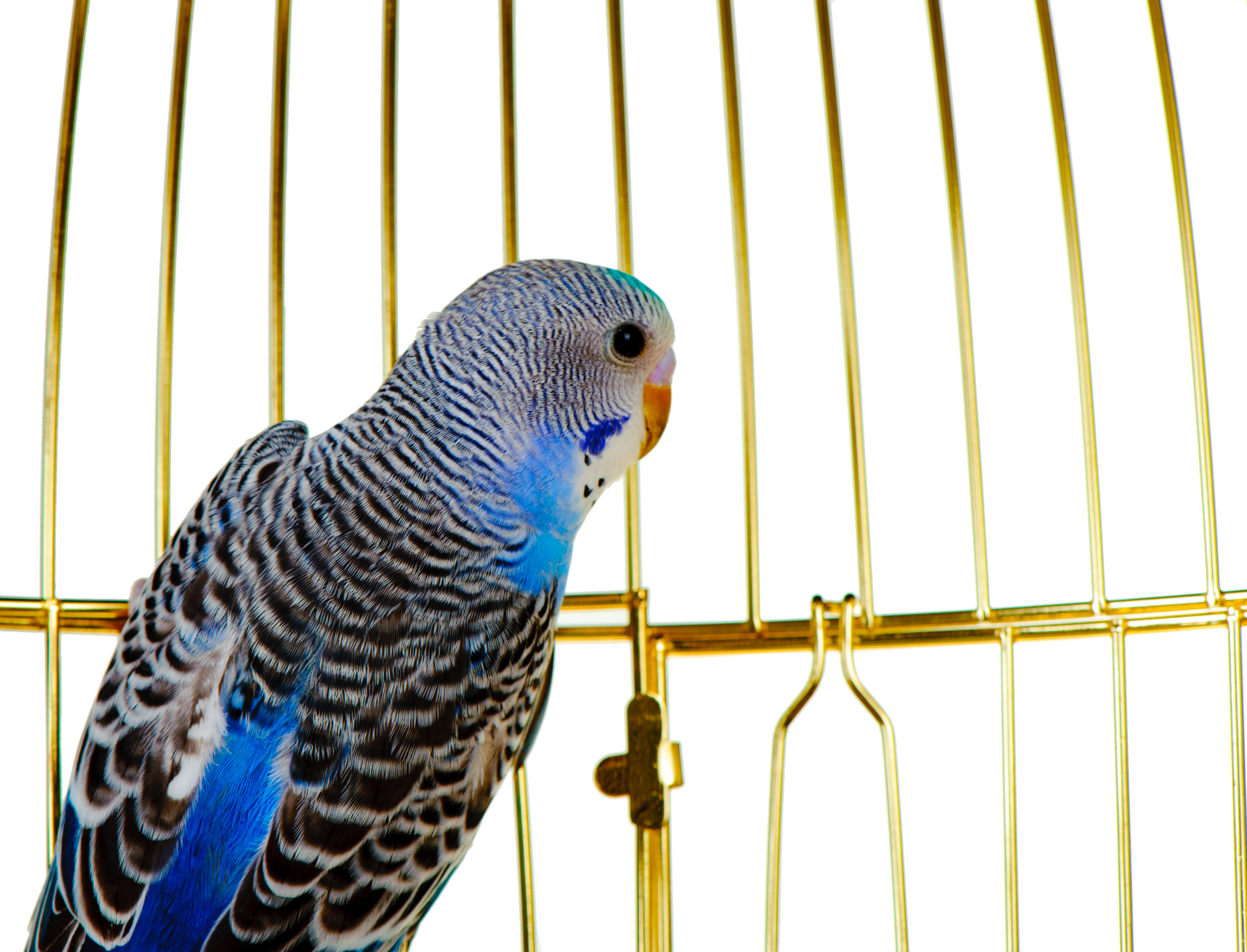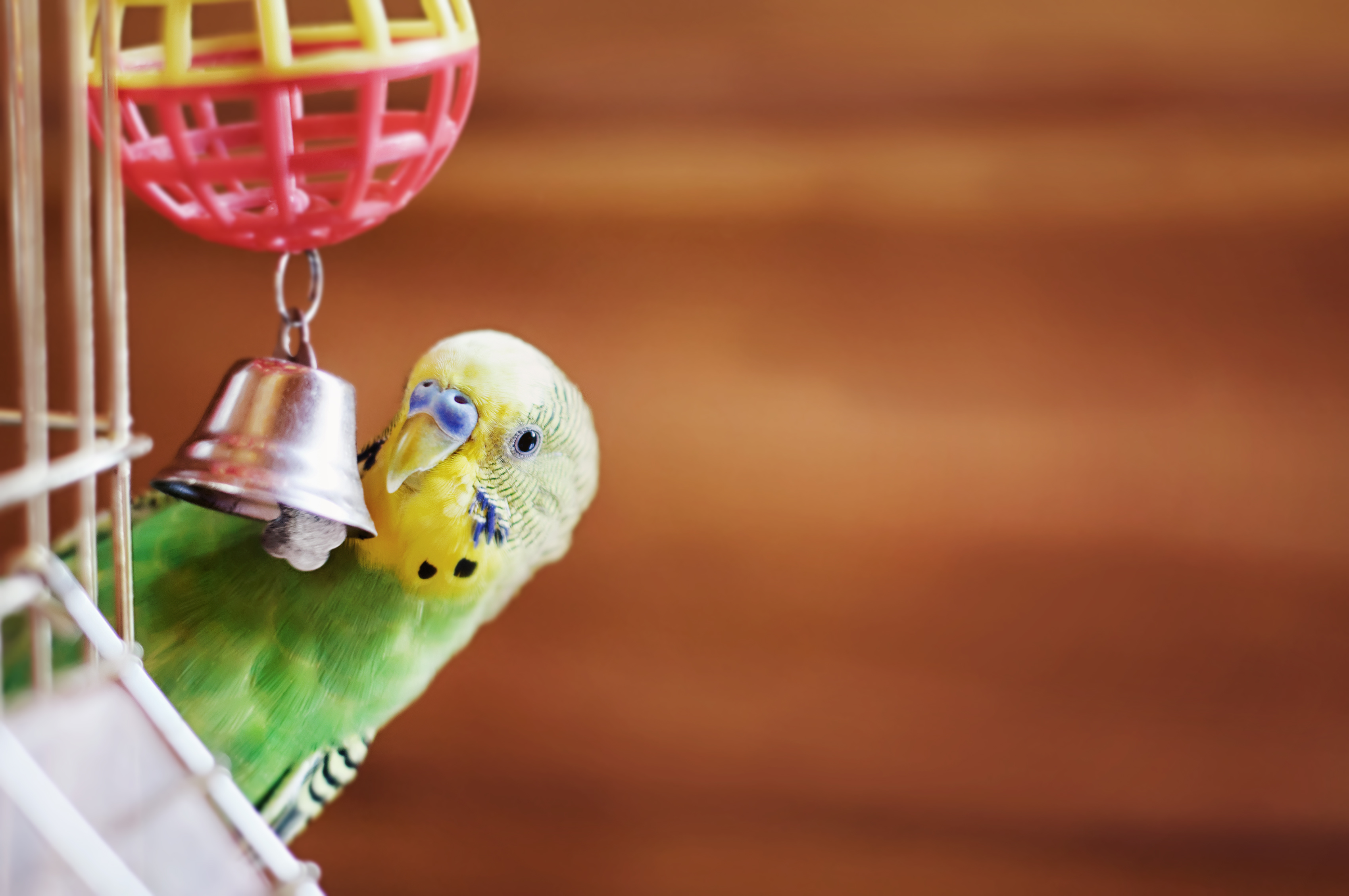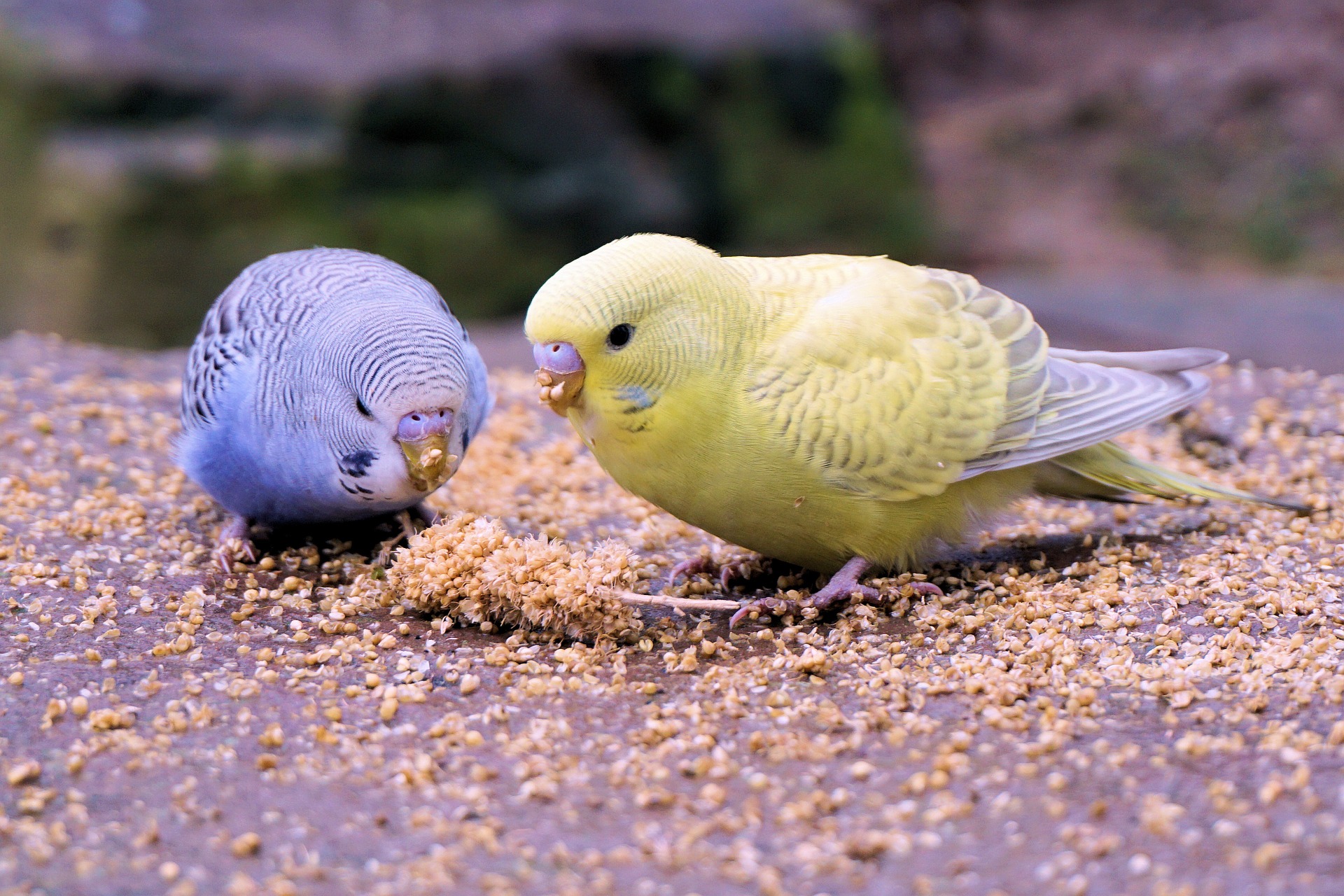Waste Not, Want More
Erik J. Martin //February 1, 2015//
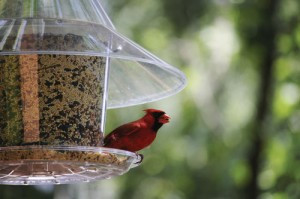 People love to watch wild birds congregate in colorful masses around their properties. Yet they squawk in protest when they see the seeds they’ve purchased go to waste. Thankfully, manufacturers are paying closer attention to this pet peeve and producing improved products that fit the bill.
People love to watch wild birds congregate in colorful masses around their properties. Yet they squawk in protest when they see the seeds they’ve purchased go to waste. Thankfully, manufacturers are paying closer attention to this pet peeve and producing improved products that fit the bill.
John Farrell, sales and marketing manager for Kaylor in Greeley, Colo., believes the biggest trend he’s noticed in the wild bird food sector over the past year is the continued upsurge in customers looking for and purchasing high-quality, low-waste food.
“There have been a number of factors that have driven this change,” said Farrell. “The commodity price increase that occurred a few years back caused the prices of low-end wild bird seed to rise to more comparable levels with high-end wild bird seed. This meant that consumers only had to spend a little more and get the higher-end seed.”
Seed Makers Step Up to the Challenge
Farrell said consumers have noticed that a greater amount of low-end seed is left uneaten and kicked out of the feeder, causing waste and unwanted weeds around the feeder.
“Many of the new high-end wild bird seed products have evolved to address the issue of waste,” said Farrell, who cites Kaylor of Colorado’s new no milo/no waste seed blend and Patio Blends products as examples. “For our products, removing milo (aka sorghum) seeds was the first step, as this product has changed over the years from white to red milo, which was specifically engineered to be less attractive to wild birds to help farmers decrease their losses in the field.”
Because manufacturers have amped-up their focus on low-waste foods by offering greater availability and variety, consumers who purchase them are increasingly realizing that they may spend a few dollars more on these bags but more of the seed is actually being consumed by the bird, resulting in less bags per feeding.
“People can put feeders out on their balconies or back porches and don’t need a large backyard area to enjoy this pastime. This means that more consumers have ability to take part in the experience as well, and retailers in metropolitan areas can succeed in the wild bird arena, not just stores in rural areas,” said Farrell.
More Options for Seed Savers
Another wild bird food product that capitalizes on consumer demand for less wasted seed is Nature’s Nuts’ No Mess Supreme, containing peanut pieces, sunflower hearts, tree nut pieces and pumpkin seed. Most of the seed is pre-husked to prevent under-feeder mess and all shells are removed. Plus, the product will not germinate, eliminating the worry of unwanted sprouts around the feeder.
Feathered friends in the wild aren’t the only animals that can waste seed. Squirrels can contribute to the problem too. Perky-Pet recently rolled out a squirrel-proof feeder that prevents the bushy-tailed rodents from stealing seed. It is built to withstand harsh weather issues like rust, breakage and yellowing. The Premium Squirrel-Be-Gone Breakaway Wild Bird Feeder features five calibrated perches that break downward and away from the feeding ports to thwart scavengers.
Opportunities to Boost Sales
According to the Wild Bird Feed Industry Research Foundation’s 2013 benchmark study, 40.5 million U.S. households purchase wild bird seed. Yet that same study indicates that only 25 percent of consumers buy it from a pet store, indicating that pet product retailers have work to do if they want to capture greater market share. That effort starts with better stocking and merchandising practices.
“We need to devote some energy and point-of-sale materials to those people who simply have never tried feeding birds,” said Ed Mills, president and co-founder of Seattle-headquartered Global Harvest Foods, Ltd., maker of Audubon Park All Seasons Wild Bird Food. This company enjoyed a boost in demand for wild bird seed in 2013, including a 50percent spike last winter. “Consumer research conducted by the Wild Bird Feeding Industry Research Foundation shows that there is a great opportunity for retailers to attract new backyard-bird-feeding customers by simply educating customers better.”
For starters, make buying decisions easy for the rookie by providing informational materials that suggest which feeders are best for each intended use and which seed will work with that feeder, suggested Mills.
“Promoting a feeder along with a high-quality—not just the cheapest—bag of food can get new people started with this hobby,” he adds.
Catching Their Eye
Jerry Martin, owner of Wild Birds Unlimited, a San Diego-based retailer with 285 franchised stores, is a big believer in using vendor-supplied display units whenever possible to catch the customer’s eye. In his headquarters store, Martin set up a center-of-the-store display featuring Audubon Birds-brand plush toys by Wild Republic. This strategy generated impulse buying, which helped boost sales of that product significantly.
Mills suggested assembling a special display twice a year. Having a set up near the front entrance inside the store or on the sidewalk outside may attract patrons who don’t normally shop your wild bird product section.
Likewise, Martin recommended grouping related items together for consumer convenience.
“You don’t want the customer to wander the store aimlessly looking for similar products,” he explained. “We make sure all our seed blends are displayed in one location.”
Additionally, he points out that it’s important to keep your store fresh by changing things up regularly.
“That means introducing new products, switching up your displays and rearranging your front window so that passersby can notice new showcased items and see well into your store without too much behind-the-window clutter,” said Martin.
